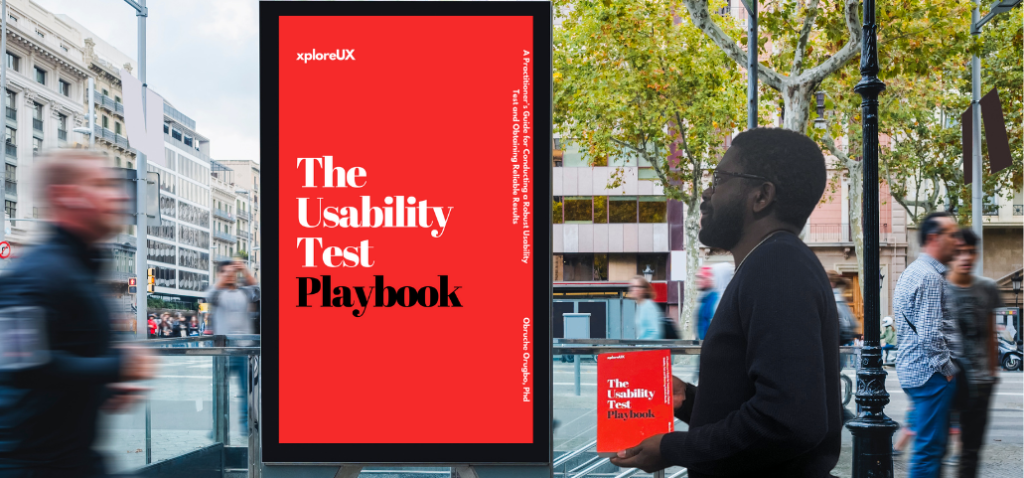
UX Makeover, have you ever poured your heart and soul into your website, only to see crickets chirping in the visitor counter? You’re not alone. In today’s digital age, having a website isn’t enough. You need a website that works for you, not against you.
Here’s the harsh truth: if your website is riddled with bad UX (user experience), it could be secretly sabotaging your business. But fear not! This article will unveil the three biggest red flags that scream “UX SOS!” and how to get your website back on track.
UX, or user experience, refers to how visitors interact with your website. It encompasses everything from the visual design and layout to the navigation and content. A good UX is seamless, intuitive, and enjoyable, guiding users towards your desired goals (conversions, purchases, sign-ups, etc.).
Conversely, bad UX creates frustration and confusion, driving visitors away faster than a server crash.
A high bounce rate – the percentage of visitors who leave your site after viewing only one page – is a classic symptom of bad UX. Here’s why a sky-high bounce rate is bad news:
Lost Potential: Bouncing visitors are essentially abandoning ship before even exploring your offerings. They represent missed opportunities for sales, leads, or brand awareness.
Wasted Marketing Spend: If you’re driving traffic to your site but they’re bouncing, you’re essentially throwing away your marketing budget. You’re paying to attract visitors, but your website is failing to convert them into engaged users.
Search Engine Sadness: Search engines like Google value websites that keep users engaged. High bounce rates can negatively impact your search ranking. This means your website might not be showing up when potential customers search for products or services you offer.
How to Fix It:
First Impressions Matter: Hook visitors with a clear, compelling value proposition within seconds of landing. Your homepage should be a clear and concise statement about what you do and why someone should care.
Navigation Nightmare? Ensure your navigation is crystal clear and intuitive. Users should be able to find what they’re looking for in a flash. Imagine your website as a physical store; the navigation should be like clear signage that guides customers to the departments they need.
Content is King (and Queen): Make sure your content is high-quality, relevant, and scannable (easy to read quickly). Break up large blocks of text with images, videos, and bullet points to make it easier for users to consume your content.
Conversions are the holy grail of any website. Whether it’s a sale, a sign-up, or a download, conversions are what turn website visitors into paying customers or engaged leads.
If your conversion rate is lower than a limbo dancer, it’s a sign that your UX is failing to convert interest into action.
Here’s why this is a problem:
Lost Revenue: Without conversions, your website is essentially a pretty brochure – it looks nice, but it doesn’t bring in the big bucks. You’re attracting visitors, but you’re not giving them a clear path to becoming paying customers.
Wasted Potential: You’re clearly attracting the right kind of visitors, but something is stopping them from taking the next step. They might be interested in what you offer, but your website isn’t making it easy for them to convert that interest into a sale or sign-up.
How to Fix It:
Clear Calls to Action (CTAs): Tell visitors exactly what you want them to do, whether it’s “Buy Now,” “Subscribe,” or “Download.” Make your CTAs prominent and easy to find. Don’t be afraid to use strong verbs and contrasting colors to make your CTAs stand out.
Friction Free Forms: Long, complicated forms are conversion killers. Streamline your forms by only asking for essential information. The fewer clicks and steps it takes to complete a form, the more likely users are to follow through.
Trust Signals: Showcase testimonials, reviews, and social proof to build trust and encourage visitors to convert. Positive feedback from other customers can help convince visitors that your product or service is worth their time and money.
Is your website riddled with broken links, confusing layouts, or nonsensical jargon? If so, your visitors are probably feeling more lost than a penguin at the North Pole. Here’s why a confusing website is a problem:
Frustration is Fatal: A confusing website frustrates users, leading them to abandon ship and seek out a competitor’s website that’s easier to navigate. Frustrated users are unlikely to return or recommend your business to others.
Brand Damage: A confusing website reflects poorly on your brand. It screams unprofessionalism and can damage your reputation. A confusing website can make you look like you don’t care about your customers’ experience, which can ultimately hurt your bottom line.
How to Fix It:
User Testing is Your Friend: Get real users from your target audience to test your website and identify areas of confusion. There are many user testing tools and services available online, or you can simply ask friends, family, or colleagues to navigate your website and provide feedback.
Simplicity is Key: Keep your website design clean, simple, and uncluttered. Avoid overwhelming users with too much information or complex layouts.
Speak Plain English: Avoid technical jargon and use language that your target audience can easily understand. Imagine you’re explaining your product or service to a friend – use clear, concise language that they can easily grasp.
In today’s mobile-first world, it’s crucial to ensure your website offers a seamless experience on all devices, especially smartphones and tablets. Here’s why mobile optimisation is essential:
Mobile Domination: The majority of web traffic now comes from mobile devices. If your website isn’t optimised for mobile, you’re missing out on a huge chunk of potential customers.
Frustration on the Go: A website that’s difficult to navigate or use on a mobile device will quickly frustrate users. They’ll likely abandon your site and go elsewhere to find what they’re looking for.
A well-designed website with a strong UX is an investment that pays off. Here are just a few of the benefits of a user-friendly website:
Increased Conversions: A website that’s easy to navigate and use will lead to more conversions (sales, sign-ups, etc.).
Improved Customer Satisfaction: A positive user experience will leave visitors feeling happy and satisfied, which can lead to repeat business and positive word-of-mouth marketing.
Enhanced Brand Reputation: A professional website with a strong UX reflects well on your brand and can help you stand out from the competition.
If you’re noticing any of the signs mentioned above, it’s time to consider a UX makeover for your website. Don’t let bad UX sabotage your business any longer. Invest in a user-friendly website and watch your conversions soar!
Next Steps:
Free Online Tools: There are many free online tools available to help you assess your website’s UX. These tools can help you identify areas for improvement and make sure your website is mobile-friendly.
Consult a UX Professional: For a more comprehensive website redesign, consider hiring a UX professional. A UX expert can help you create a website that’s not only beautiful but also highly functional and user-friendly.
By taking action and investing in UX, you can turn your website into a powerful tool that drives sales, builds brand loyalty, and helps your business thrive.
We’ve covered the essential UX fixes, but for the 18-40 demographic, there’s more to consider. This age group is known for:
Short Attention Spans: They’re bombarded with information online and offline. Grab their attention quickly and keep them engaged with concise content and visuals.
Tech-Savvy & Mobile-First: They expect websites to be fast, responsive, and optimised for mobile devices. Prioritize mobile-friendliness and ensure a smooth experience across all platforms.
Social Media Natives: They value social proof and authenticity. Integrate social media elements like reviews, testimonials, and easy sharing options.
Microinteractions & Animations: Use subtle animations and microinteractions (like hover effects) to add a touch of fun and interactivity without being overwhelming.
Visual Storytelling: People in this age group are drawn to visuals. Use high-quality images, infographics, and even short videos to tell your brand story and showcase your products or services.
Personalisation: When possible, personalise the user experience. Tailor content and recommendations based on user behaviour or browsing history.
Gamification: Integrate gamification elements like points, badges, or leaderboards to make interacting with your website more engaging and rewarding.
The key to a great UX for 18-40 year olds is to strike a balance between informative, engaging, and efficient.
Think of your website as a salesperson working 24/7. A website with a strong UX is a powerful tool that can help you achieve your business goals. By investing in user experience, you can create a website that:
Converts Visitors into Customers: A user-friendly website will make it easier for visitors to find what they’re looking for and take action, whether it’s making a purchase, signing up for a newsletter, or contacting you for more information.
Builds Brand Loyalty: A positive user experience will leave visitors with a good impression of your brand. This can lead to repeat business and positive word-of-mouth marketing.
Boosts Your Bottom Line: Ultimately, a good UX is good for business. By investing in user experience, you can increase your conversions, improve customer satisfaction, and enhance your brand reputation.
Don’t wait any longer! Take action today and start creating a website that your 18-40 audience will love.




